You're probably wondering: what's a fungus doing in my drink? In fact, the Kombucha tea fungus is a lichen whose diverse health effects have been known for almost 2000 years. In this article you will find out how you can benefit from these healthy advantages at home. In addition to everything worth knowing about the tea fungus, we also want to tell you how you can grow a Kombucha mushroom yourself at home in a fermentation vessel.
Kombucha? tea fungus? The basics at a glance!
Kombucha (pronounced kom-buh-cha) is a fermented drink made from tea in a fermentation vessel. Probiotic bacteria and yeasts are used, which form the so-called kombucha fungus (SCOBY = SYMBIOTIC CULTURE OF BACTERIA AND YEASTS / combination of bacteria and yeasts ) . The kombucha fungus gives the kombucha its positive properties: it ensures that the tea becomes a probiotic fermentation drink .
What do you do with a kombucha mushroom? Well cared for, the kombucha mushroom can be kept for years and you can use it again and again to prepare a fermented kombucha tea drink to enjoy a healthy alternative to water and other soft drinks . A real elixir of life!
SPLITZUM SHOP, /collections/kombuchaENDSPLIT

What is the Kombucha tea fungus made of?
In botanical terms, the scoby is a lichen of a whitish-beige substance composed of yeast and bacteria. Therefore, it is sometimes erroneously called yeast. This substance is held together by cellulose. The yeasts and bacteria exist in a community and benefit each other . The yeasts produce alcohol, which in turn feeds bacterial strains, which then produce valuable organic acids from alcohol and oxygen.
Kombucha mushrooms, in most cases, are round like a pancake and its consistency is a bit gooey. Its surface can be smooth, but also very uneven. During the fermentation process , holes or small bulges can appear in the Scoby - this is completely normal! Depending on the liquid content, the composition of the Kombucha tea fungus is more or less glassy.
The following ingredients occur in different amounts in Kombucha:
- types of bacteria
- acetic acid bacteria
- yeast strains
- enzymes
- Vitamins such as folic acid, vitamin B1, B2, B3, B6, B12, C, D, E, K
- Minerals and trace elements such as iron, magnesium, calcium, copper, zinc
- healthy acids such as lactic acid, acetic acid, citric acid, natural carbonic acid
- 14 different amino acids
- phytochemicals such as polyphenols and isoflavonoids, which have an antioxidant effect
- Alcohol (between 0.1 and 0.4g - about the same as that found in orange juice or non-alcoholic beer)
- Caffeine or theine (if using black or green tea)
Behind the Scenes: How Does the Scoby Fungus Work?
nutrients and ingredients
The kombucha fungus first spreads across the surface of the so-called nutrient solution. The yeasts feed on the sugar used in Kombucha production. They make carbonic acid and alcohol out of it. The bacteria, in turn, form various acids, such as acetic acid and lactic acid, from the alcohol and the ingredients in the tea – hence the sour taste. The acid ensures that no germs settle.
The Scoby grows and thrives
Scobys want to get as much oxygen as possible. This will thicken the underlying tea fungus culture or a new scoby will form . The scoby always forms new layers that are close together and thus becomes thicker and thicker. In some cases, the scoby will sink to the bottom of the fermenter. As a result, a new kombucha tea fungus forms on the surface and the scoby at the bottom of the container stops its growth. The batch in the fermentation vessel can easily be stored with a cloth.
The healthy end result – the kombucha mushroom tea!
Put simply: Kombucha is a fermented tea drink . With the help of a Kombucha culture, various types of sweetened tea, such as green tea and black tea, are fermented in a fermentation vessel.
The mushroom tea offers a delicious, naturally carbonated, sweet and sour alternative to lemonade or other soft drinks. Completely without unnecessary sugar and artificial additives. Various vitamins and organic acids and many other important nutrients can be produced during fermentation.
Possible effects of kombucha
Without making any promise of healing, kombucha is said to be able to help with the ailments listed below:
- Headache
- depression
- fibromyalgia
- acne and neurodermatitis
- eczema
- allergies
- high blood pressure
- diabetes
- arteriosclerosis
- arthritis
- rheumatism
- anxiety states
SPLITZUM SHOP, /collections/kombuchaENDSPLIT
Let the kombucha mushroom sprout: grow your own kombucha culture
In order for your own kombucha culture to develop, you need an unpasteurized "raw" kombucha as the most important ingredient for growth. This also serves as a starter fluid. Because without the many microorganisms that are still alive, it will be difficult to grow your own kombucha mushroom . Similar to milk kefir and water kefir and the kefir crystals, Kombucha needs the Scobys for fermentation.
You can either buy kombucha starter sets online or you know someone who makes kombucha themselves and gives you a Scoby as a gift.
With just a few ingredients , all of which should ideally come from organic farming , you can safely produce your own kombucha mushroom (kombucha culture) at home. With water, tea (green tea or black tea), sugar and a starter kit (mushroom with starter liquid) or alternatively without mushroom with unpasteurized kombucha (e.g. Raw Original from KOMBUCHERY LINK ), the kombucha mushroom develops between 7 and 21 days, depending on the conditions.
Once upon a time... A short history of the tea fungus
Where does the kombucha culture come from?
The western world is still a bit strange to kombucha tea, but in other parts of the world the drink with the name that takes some getting used to and its diverse effects is no longer a secret. There is a consensus that kombucha originated in East Asia, Japan or China .
A Chinese legend
Among other legends, this says that kombucha was created when around 247 - 221 BC. The Emperor Qin Shi Huangdi got it into his head to attain immortality and commissioned an alchemist to brew a drink that would give him eternal life. The alchemist administered kombucha to him . A few years after adapting to kombucha, he switched to pills and passed away. – Well, if he had stayed with Kombucha.
Kombucha, the name
Kombucha could be derived from a Japanese seaweed tea " kombu" - seaweed + "cha" - tea = "kombucha" . A small error could have crept in over the centuries and today's tea no longer has much to do with our Kombucha today.
Leftover kombucha mushroom? 4 alternative usage ideas
You can not only use your Scoby as a healthy drink . Only the best for your beauty and some inspiration for exciting recipes with kombucha cultures that you no longer want to use for tea can be found here.
1. Refreshing Summer Recipes: Sweet Beet (serves 2):
- 4 cm peeled and chopped ginger
- 300 ml natural kombucha
- 100 ml freshly squeezed orange juice
- 100 ml carrot juice
- 100 ml beetroot juice
- 2 teaspoons freshly squeezed lemon juice
And this is how it is mixed:
Mix all the ingredients in a blender for about 15 seconds and your kombucha summer drink is ready.
2. Kombucha as a dressing for your salad
The Scoby is now also the vinegar mother for your homemade Kombucha vinegar. The longer the kombucha ferments, the more acid it produces. The added sugar ferments more and more over time. In order to make vinegar from your kombucha, it simply has to ferment much longer. We recommend first fermenting a kombucha for 4 weeks. For this you can add a tablespoon of sugar at an interval of 2 weeks in a period of 6 weeks.
In between you can of course always taste with a small spoon whether the vinegar tastes right for you. That sounds like a long time at first, but you will then be presented with a mild home-made vinegar . Perfect for salads and other fresh dishes.
3. Kombucha Face Mask - Let your complexion glow with kombucha
You need this for 2 applications:
- 100g scoby
- 15 ml kombucha (raw, unflavoured)
- 15 ml coconut oil
How to do it:
First, the scoby and half of the kombucha are chopped up in a blender. Then you can slowly add the coconut oil and mix everything into a creamy mass. Before the face mask can be applied, we recommend cleaning the face thoroughly with water. Now the mask can be applied evenly to the face. After an exposure time of approx. 10 to 20 minutes, you can carefully rinse off the mask and then pat your face dry.
Danger! Be careful not to get the mask in your eyes as it could sting.
4. Kombucha – foot bath
Simply care for your stressed feet with Kombucha. All you need is a bathtub or a small bowl and you're good to go!
What you need:
- 250 ml very acidic kombucha or alternatively 150 ml kombucha vinegar
- 1 cup Epsom Salt or alternatively other mineral salt
- Eucalyptus oil or another natural essential oil of your choice
How to do it:
Simply put both ingredients in a bathtub of warm water and soak your feet in it for 10 minutes. Afterwards the skin feels super soft.
Kombucha mushroom "Scoby" - don't be afraid of bacteria!
A total of over 30 trillion bacteria from over 1000 types of bacteria live in us - that's more bacteria than we have in our own body cells. It is fascinating what influence the microbiome has on our overall health : In addition to typical digestive problems, other complaints, as mentioned above, can also have their cause here. It is all the more important to take care of the health of your own microbiome ! The Kombucha fungus Scoby can support this decisively. So don't hesitate any longer and start your own kombucha culture at home. To your health and your intestines!
SPLITZUM SHOP, /collections/kombuchaENDSPLIT
FAQs on the tea fungus
How is a kombucha mushroom formed?
The kombucha culture is held together by cellulose , in which yeast and bacteria exist in a symbiosis and favor each other. The yeasts produce alcohol, which in turn feeds bacteria, which then produce valuable organic acids from alcohol and oxygen .
How to store kombucha tea fungus?
A Scoby Hotel is a large jar filled with starter liquid. Finished kombucha serves as the starter liquid. There the Scoby is protected against harmful germs. With a correspondingly low PH value, your Scoby can be stored in this liquid for months or even years with a clear conscience . It is important to protect the fermentation vessel from external influences with a cover cloth. So the Scobys can pause undisturbed at room temperature.
Can you eat the kombucha mushroom?
Yes, theoretically you can eat the kombucha mushroom. Some recommend it for vegans as a substitute for sushi . However, since it is not exactly a treat on its own, it is a good idea to use parts of the scoby or kombucha for delicious recipes such as smoothies, pancakes, and even as a face or hair mask . You can find the recipes on our blog.
Can You Freeze Scoby Mushroom?
You can freeze the Scoby, but it's very tedious to reactivate it afterwards . Therefore, we recommend storing it in a large jar, covered with a cloth and safely stored in the preparation liquid in a so-called Scoby Hotel. There it can be stored for up to several years .
How does kombucha taste?
Most people find the fermented tea drink (fermented drink, kombucha drink, kombucha tea) to be sweet and sour , somewhat tart . Depending on the processing, batch, starter liquid or secondary fermentation, in which the kombucha can be flavored with juice, herbs or fruit, it tastes very refreshing, fruity and even pleasantly hot with ginger.
Why is kombucha healthy?
Due to the fermentation, Kombucha and the Kombucha culture contains many strains of bacteria and microorganisms that have a very positive effect on intestinal health and thus on the immune system . And that's not all. Kombucha is a true immune booster and, in addition to bacteria, also contains enzymes, vitamins, minerals and trace elements , as well as various amino acids, phytochemicals such as polyphenols and isoflavonoids , which have an antioxidant effect.
When should you drink Kombucha?
A small glass of Kombucha drink about half an hour before breakfast is optimal in the morning to give your intestines and your immune system an activating basis for the day. Kombucha can be enjoyed at any time during the rest of the day – regardless of whether or not you eat it, the healthy nutrients in the fermented drink always have a positive effect .
How Much Kombucha Should You Drink?
With kombucha it is the same as with all other foods: you should not overdo it with consumption. Start with a small glass a day and see how the kombucha suits you. After a few days you can also drink more. There is no maximum amount that should be considered and that would lead to side effects.

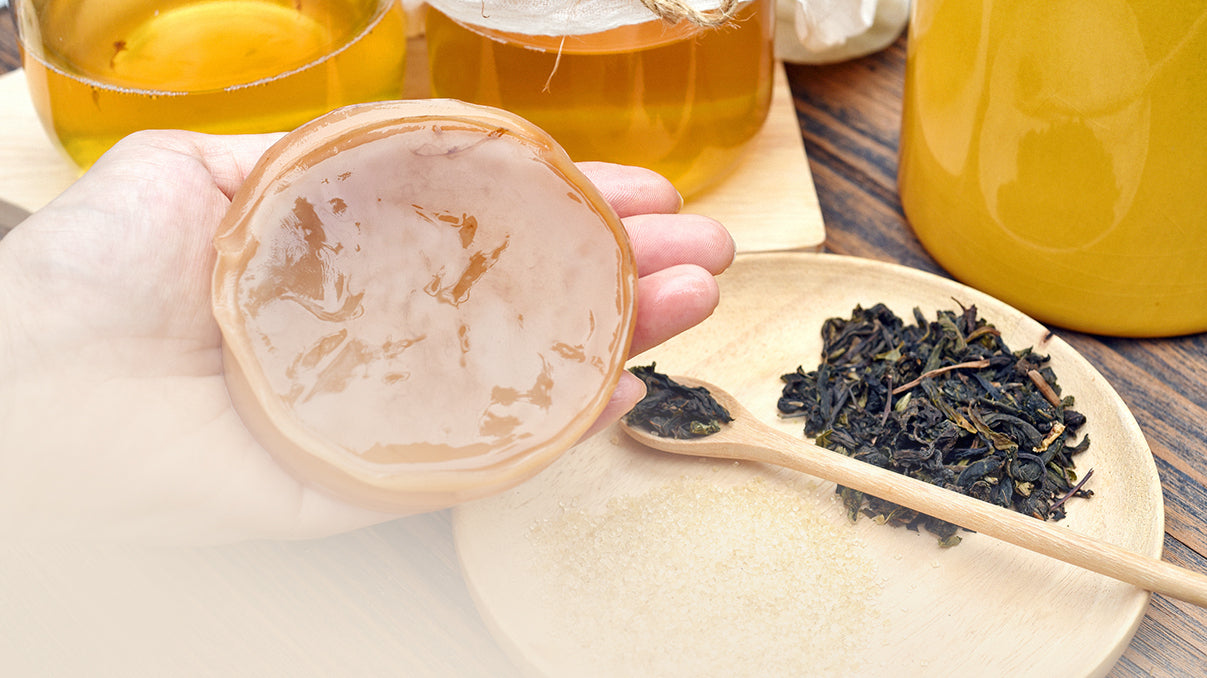




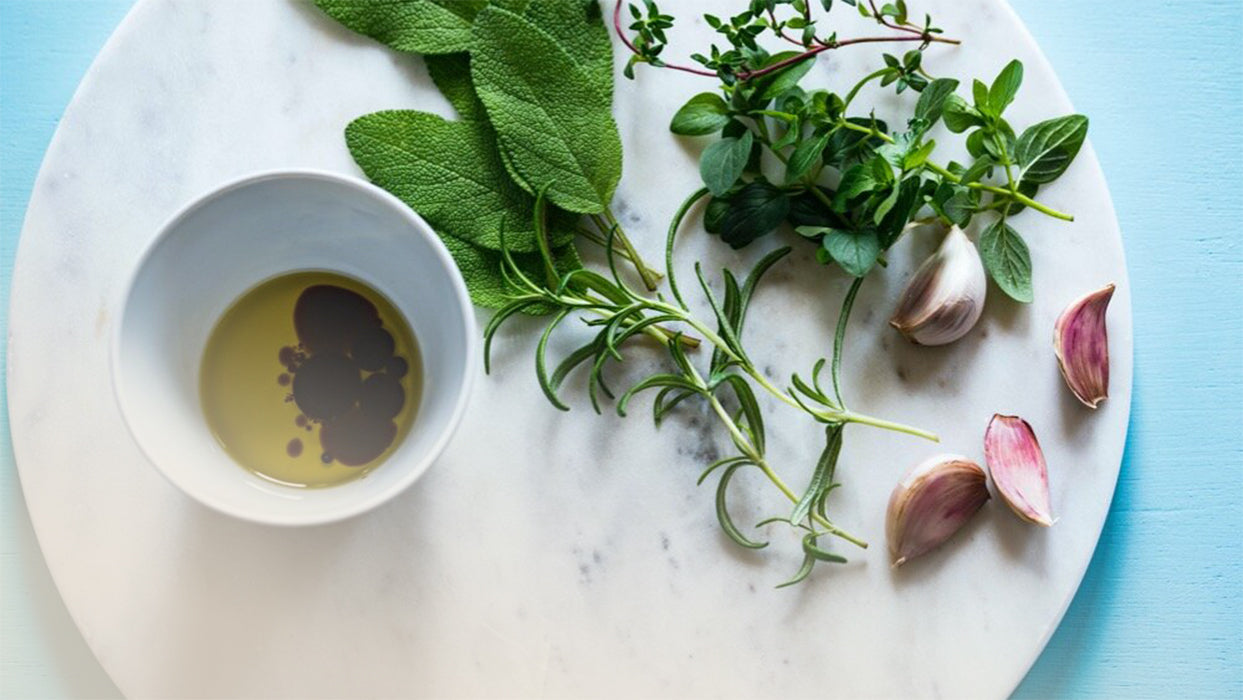

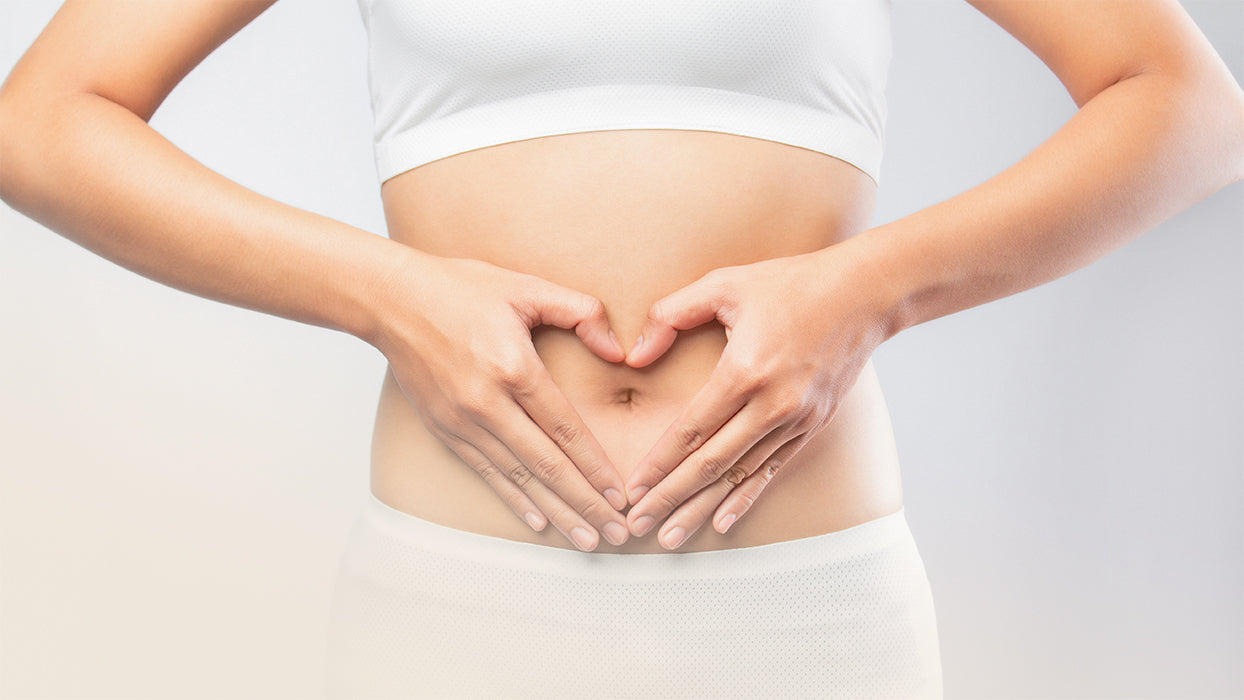
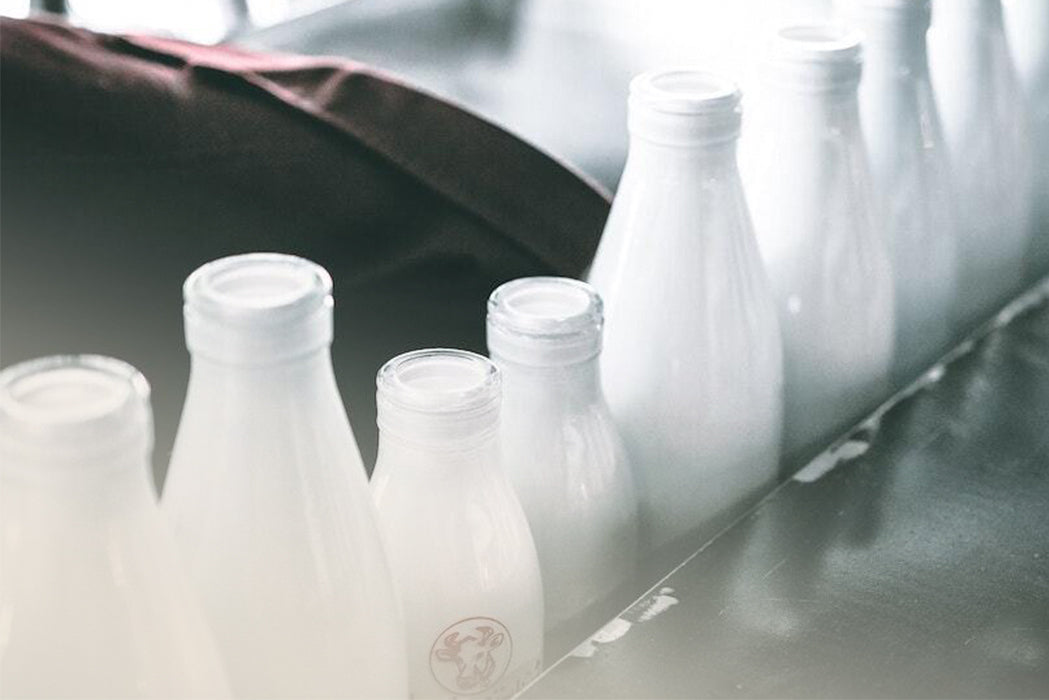
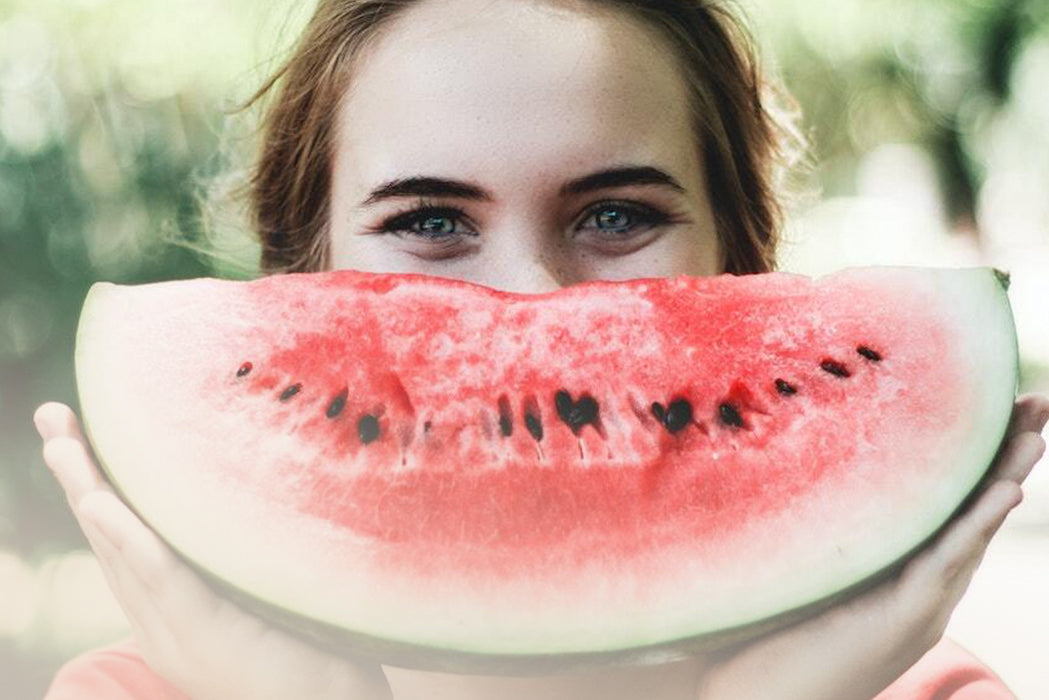
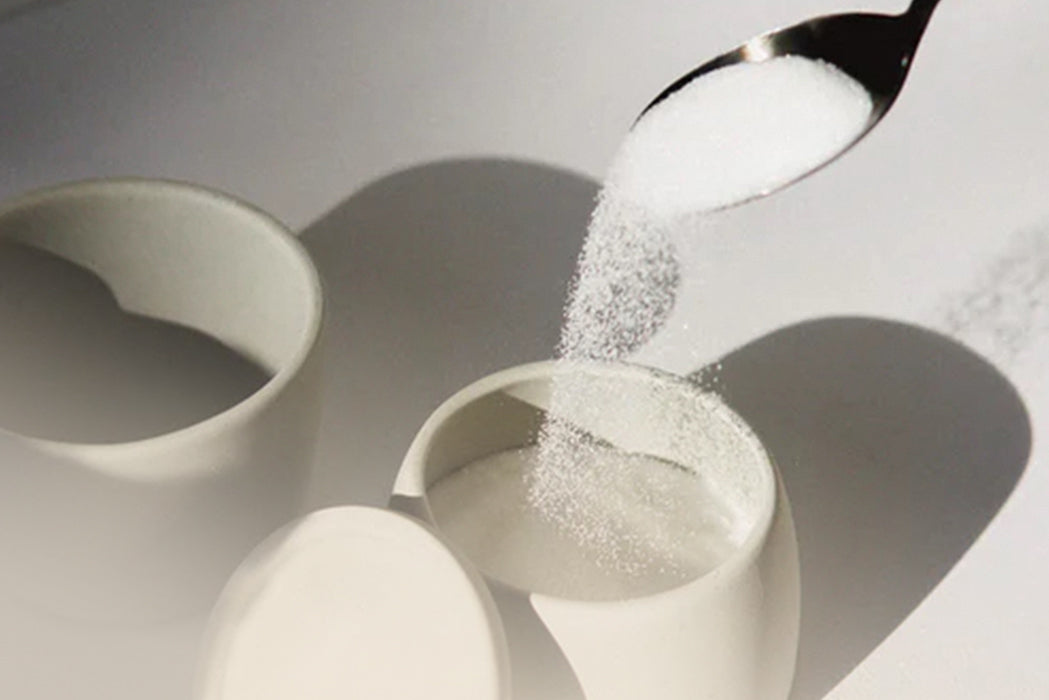
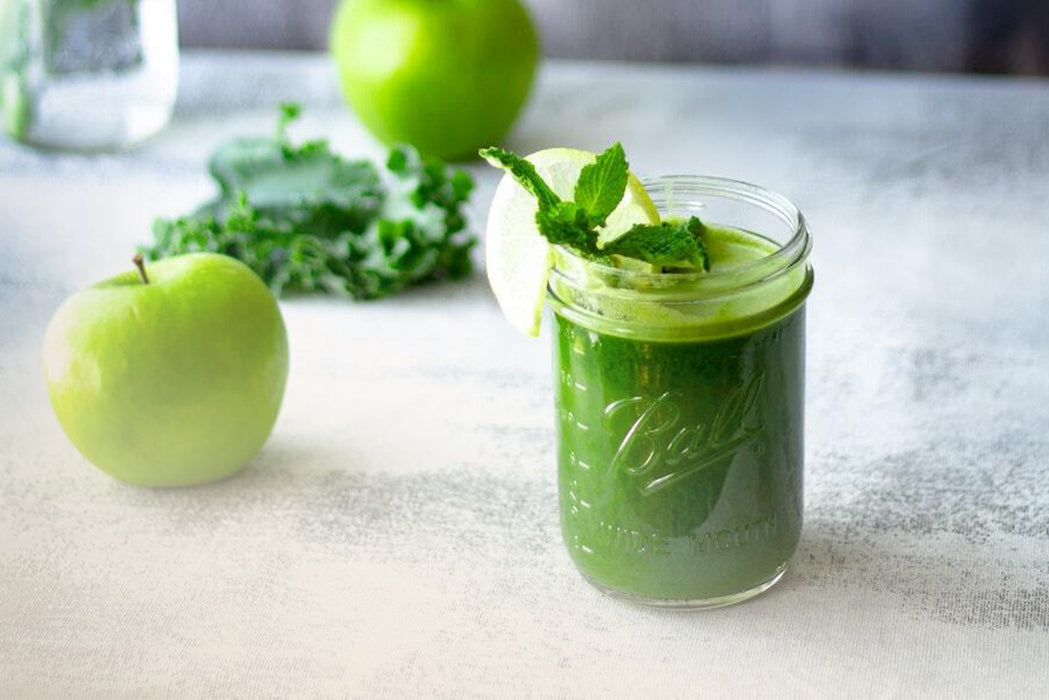

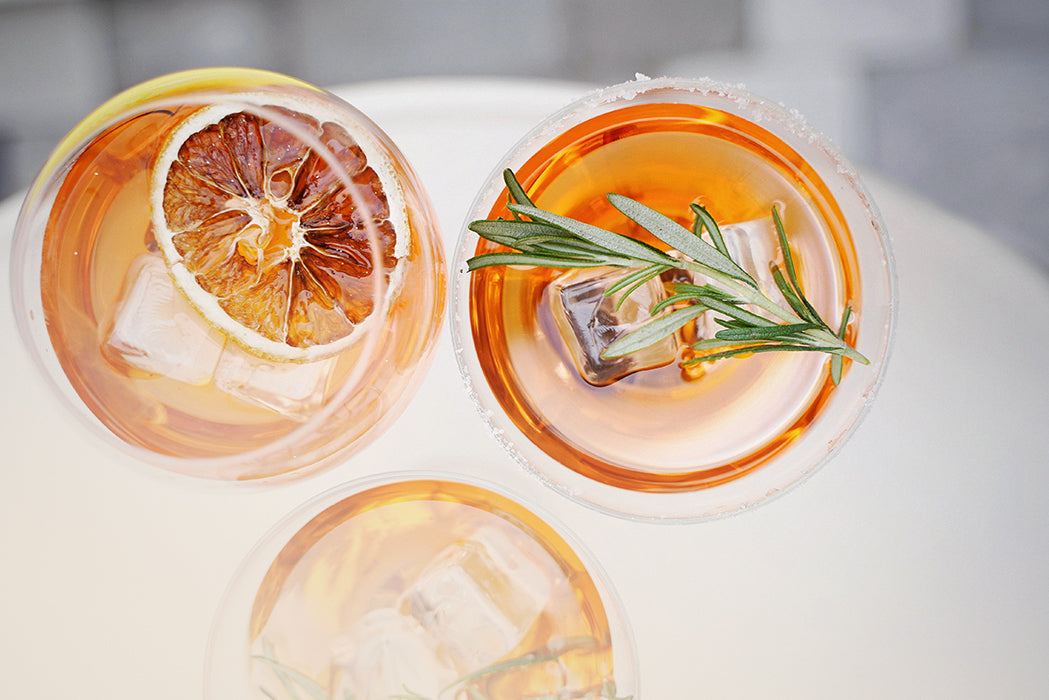
Teilen:
1 comment
bitte genaue Angabe wie man KOMBUCHA macht und wie lange stehen lassen sodass er nicht só sauer wird
🙏🍀🙏🍀